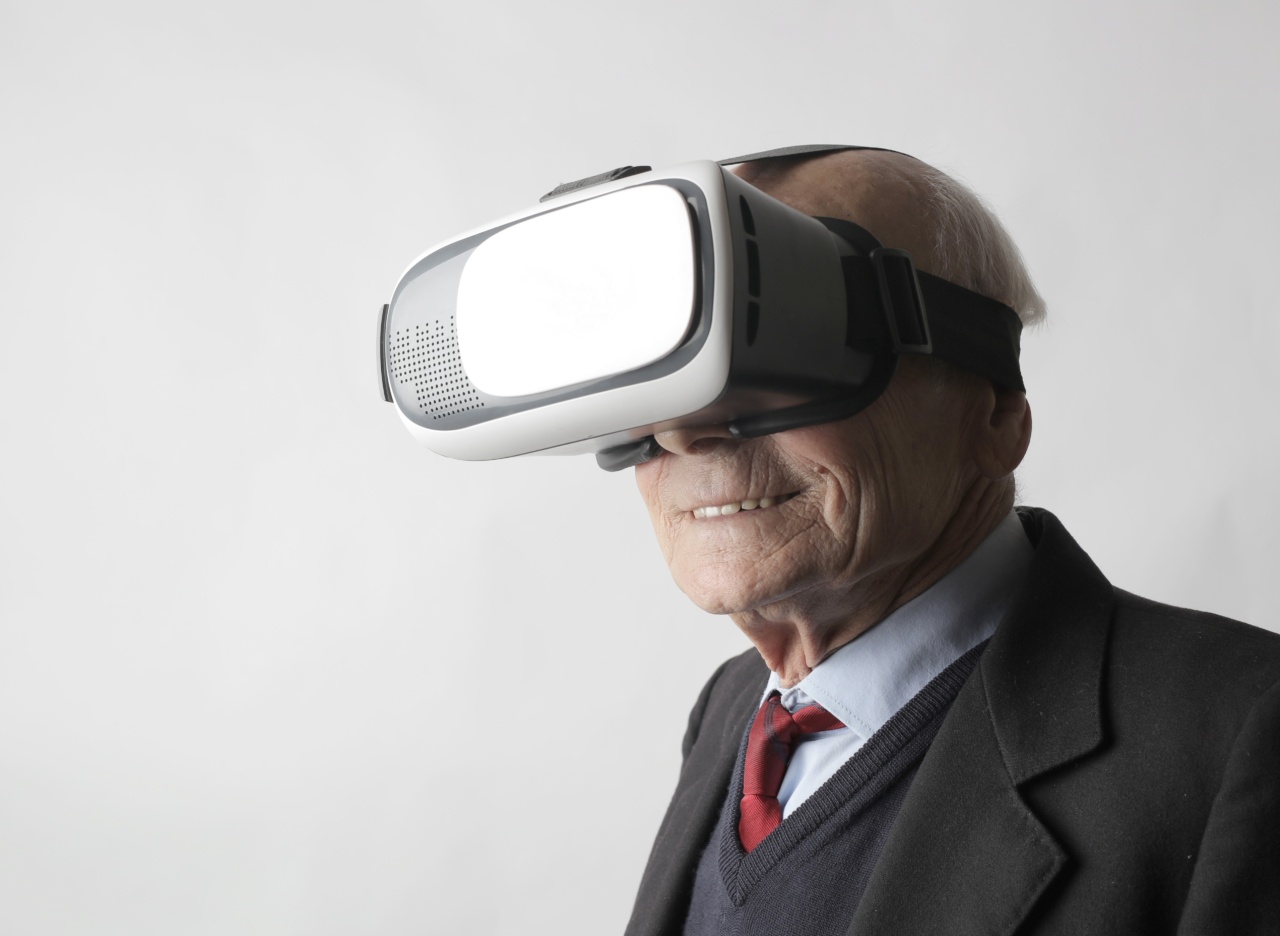Autism is a developmental disorder that affects communication and behavior. It is estimated that 1 in 59 children in the United States are diagnosed with some degree of autism spectrum disorder (ASD).
Although there is no cure for autism, several treatments can help manage its symptoms.
Virtual reality (VR) is an advanced technology that can be used to help treat autism. VR simulates a real-world environment and allows the user to interact with artificial objects and characters.
This technology can be tailored to meet the specific needs of individuals with ASD and offers many benefits over traditional therapy methods.
Understanding Autism
Autism is a neurodevelopmental disorder that affects communication, social interaction, and behavior. Individuals with autism may struggle with social cues, such as making eye contact and understanding facial expressions.
They may also have trouble with verbal and nonverbal communication, such as speaking and understanding language or using gestures.
Autism is a spectrum disorder, which means that it affects individuals differently. Some people may require more support than others, and there is no one-size-fits-all approach to treatment.
However, early intervention and therapy can help manage symptoms and improve the quality of life for those with ASD.
Traditional Treatment for Autism
Traditional treatment for autism typically involves a combination of therapies, such as behavioral therapy, speech therapy, and occupational therapy. These therapies can help improve communication skills, social interaction, and behavior.
However, traditional therapy methods are often limited in their effectiveness because they rely on the therapist’s availability and expertise.
VR technology offers a new way to treat autism that is more interactive, flexible, and tailored to the individual’s needs.
How Virtual Reality Can Help Treat Autism
Virtual reality technology can be used to create simulated environments and scenarios that are designed to help individuals with autism improve their communication and social skills.
One of the key benefits of virtual reality therapy is its ability to create a safe, controlled environment that is free from the distractions and unpredictability of the real world.
This allows individuals with ASD to focus on specific skills, such as making eye contact or recognizing emotions, without the added stress of social situations. Virtual reality therapy can also be tailored to the individual’s specific needs, ensuring that they receive the appropriate level of support and feedback.
Another benefit of virtual reality therapy is its ability to provide feedback in real time. This can be done through the use of sensors and other tracking devices that monitor the user’s movements and interactions within the virtual environment.
This feedback can help individuals with ASD better understand social cues and improve their communication skills.
Examples of Virtual Reality Therapy for Autism
There are several examples of virtual reality therapy that have been developed specifically for individuals with autism. Some of these examples include:.
Social Cognition Training
Social cognition training is a type of virtual reality therapy that is designed to help individuals with ASD improve their social skills and reduce anxiety in social situations.
This therapy involves interacting with virtual characters in a simulated environment and practicing social interactions, such as making eye contact and initiating conversations.
Sensory Integration Therapy
Sensory integration therapy is a type of virtual reality therapy that is designed to help individuals with sensory processing issues, a common symptom of ASD.
This therapy involves exposure to different sensory stimuli in a controlled environment, such as lights, sounds, and textures.
Virtual Reality Job Interview Training
Virtual reality job interview training is a type of therapy that is designed to help individuals with ASD prepare for job interviews.
This therapy involves practicing job interview skills in a virtual environment, such as answering common interview questions and dressing appropriately.
Conclusion
Virtual reality therapy offers a new way to treat autism that is more interactive, flexible, and tailored to the individual’s needs.
VR technology can create safe, controlled environments that allow individuals with ASD to focus on specific skills, receive feedback in real time, and improve their communication and social skills. Virtual reality therapy is still a relatively new field, and more research is needed to fully understand its benefits and limitations.
However, early studies have shown promising results, and virtual reality therapy is likely to play an increasingly important role in the treatment of autism in the future.




























